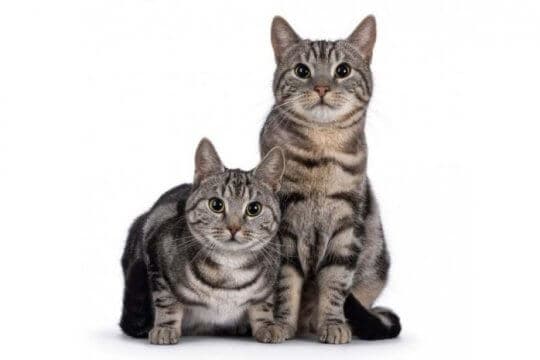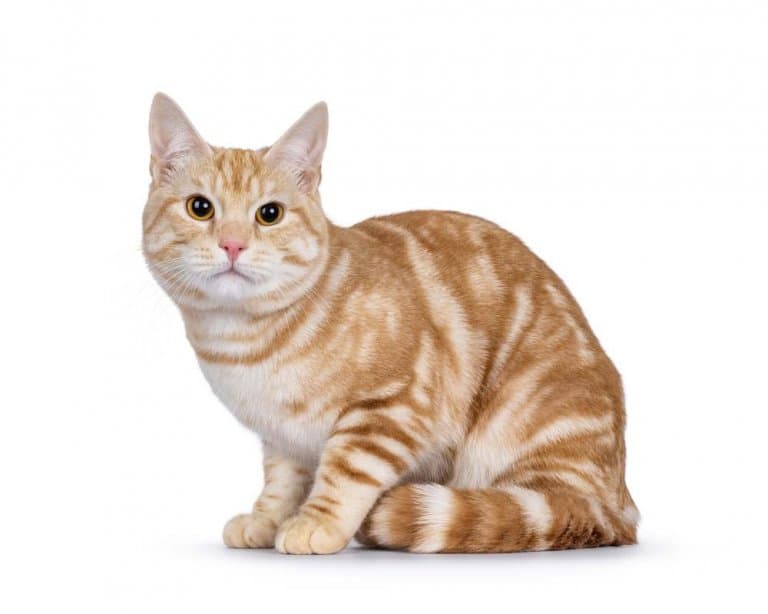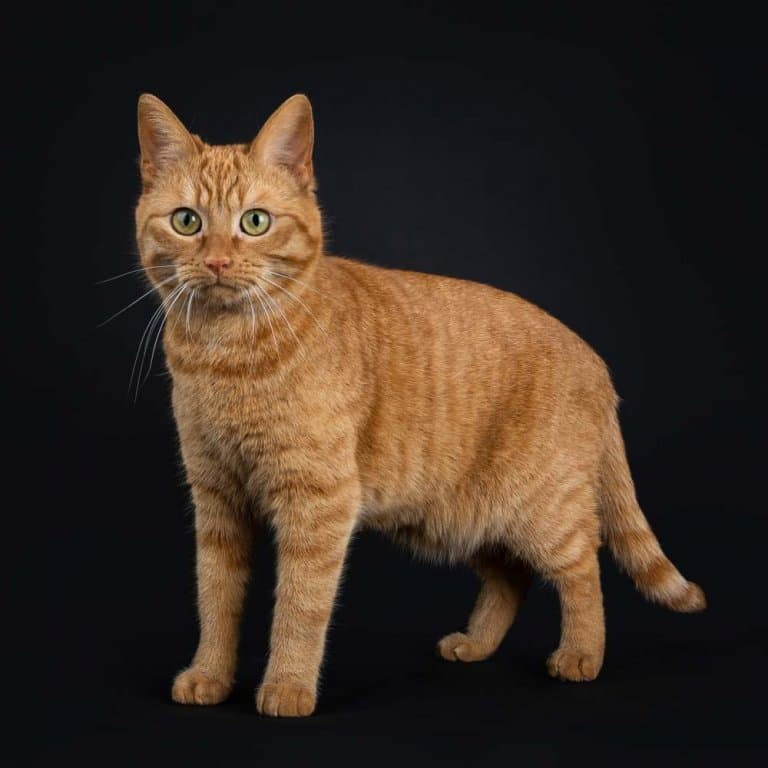
european-shorthair
Calm, dependable, independent, friendly
Overview
Origin
Sweden
Life Span
15-20 years
Height
12"-14"
Weight
8-15 pounds
Group
Medium-sized short-haired
Price
$100-$500
History

Today's European Shorthair cats can trace their ancestry all the way back to ancient Rome. When Roman legions made their way throughout the European continent, they brought cats with them. These cats were tasked with the important job of keeping Roman camps clear of rodents and other pests. As people created settlements and developed farms, the cats stayed on, earning their keep as reliable mousers. These days, they are thought to be Europe's original house cats.
Over the centuries, European Shorthair cats were known by different names including Celtic Shorthair cat. Today, the Celtic Shorthair is a breed of its own.
Pedigreed European Shorthair cats were developed in Sweden, with an eye toward creating a domesticated feline that had a slightly wild edge to its appearance—just like its Roman ancestors. They are stockier than their close cousins, the British Shorthair and American Shorthair.
Even though these cats are vastly different from British Shorthair cats (which were developed using Persian cats to create the signature rounded head shape and somewhat shortened face that gives British Shorthairs their signature appearance), cat fancy associations judged European Shorthair cats by the same standard until they were granted their own category in 1982.
The breed is extremely popular throughout Scandinavia. Oddly, it is now considered to be one of Sweden's rarest cat breeds.
Care

Nutrition
European Shorthair cats do not have any special nutritional needs, however they do require a high-protein diet. We recommend offering a high-quality cat food brand with real meat or fish as the number one ingredient.
Grooming
European Shorthair cats have dense, short coats that don't require a whole lot of care, however they do benefit from one or two weekly brushing sessions. Teach your cat to accept routine teeth brushing and trim the nails every one to two weeks.
Exercise
To make sure your European Shorthair cat does not become overweight, you might find that it’s necessary to encourage active play. Treat your cat to plenty of toys including interactive options and enticing battery-operated cat toys that move on their own or make sounds that mimic prey.
Health
The European Shorthair cat has a reputation for great health. This breed has no known genetic issues, but as with most cats, obesity can be a problem. Appropriate diet and ample activity can help prevent this issue from ever popping up.
Breed Standard

Body
European Shorthair cats are of medium to large size, with strong, stocky bodies. Males typically reach a weight of about 15 pounds, while females are a bit smaller at an average of 12 pounds.
Head
The head is proportionate to the body. The forehead and skull are slightly rounded. Although the face gives the impression of being rounded, it is slightly longer than its breadth. The nose is firm and straight, and the chin is firm, with no evidence of an overbite or an underbite. Male European Shorthair cats often display prominent jowls.
Eyes
The rounded, open eyes are widely separated and set slightly oblique. The European Shorthair cat's eye may be blue, green, amber, or odd (eyes in two different colors). Odd-eyed cats typically have one amber eye and one blue eye.
Ears
The ears are medium size, with rounded tips. They appear well balanced on the head. Ears may be furnished, but do not typically display streamers or long tufts.
Color
European Shorthair cats come in many colors and patterns. Paw pad and nose leather color complement the coat color.
Coat
The coat is short, dense, springy, and glossy, with a single upper layer and no undercoat.
Tail
The tail is of medium-long length, with a slight taper toward the end.
Legs & Paws
The legs are strong and well proportioned. The paws are rounded, with a strong appearance.